10 Ways To Support Learning Styles With Concept Mapping
contributed by Naomi Mihut, mindomo.com
Do you have a preferred way of learning and teaching new things?
Learning is an experience that can be made enjoyable to the measure we identify within ourselves the nature of our learning style. It is the tradeoff that keeps us away from being mediocre, reminding us that in order to earn something there’s always something else you have to give up to.
Learning is active, innovative, creative and purposeful, involving and being dependent upon our senses and perception of the world around us. Even that which is called passive learning can have very strong effects upon our subconscious and conscious mind. Our thought processes are in a continuous state of learning, what makes the difference is the ending result. We either learn to do “something” or we learn to do “nothing”.
Do you remember those times when a caring someone used to ask you “What did you learn in school today?” and your most common answer would be “Same old, same old”?
Engaging your mind takes some effort to identify what you care for and what is the best way to attain what you care for. Do you want students to become better learners? Help them discover what they care for by allowing them to identify and use their own learning style. Among the very different learning styles models which have been developed and mentioned throughout the years, one that stands out is the one devised by Neil Fleming. His learning style model focused on three different approaches: visual, auditory and kinesthetic, to which he later on added the read and write. Even though the model has received a lot of criticism for its simplicity and lack of supporting studies and research, its approaches should not be neglected but rather seen as resources to build on in the learning process.
Here’s the even better news: When using the right learning context, both teachers and students have the opportunity to thrive as they use different learning styles. One of those learning contexts is mind mapping. With mind mapping the three different approaches to learning are brought together on common ground.
The following represent 10 ways to integrate learning styles with a mind mapping tool in order to make the most of your learning and teaching experience.
Learn by Seeing
1. Visualize the information on a mind map, in a structured way to make sense of ideas and concepts faster, allowing your mind to quickly recall the information at a later time.
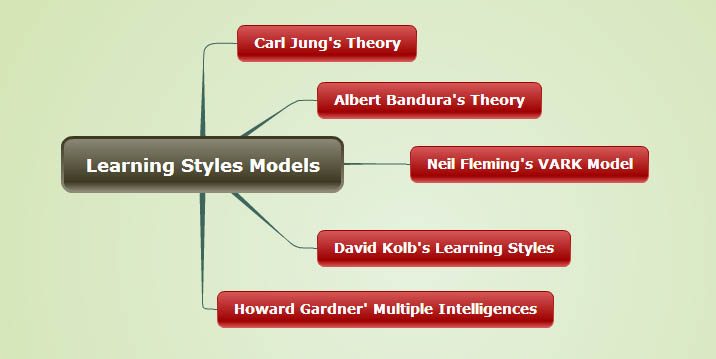
2. Organize the main points of a concept and rearrange ideas if necessary by switching the branches without changing the content.
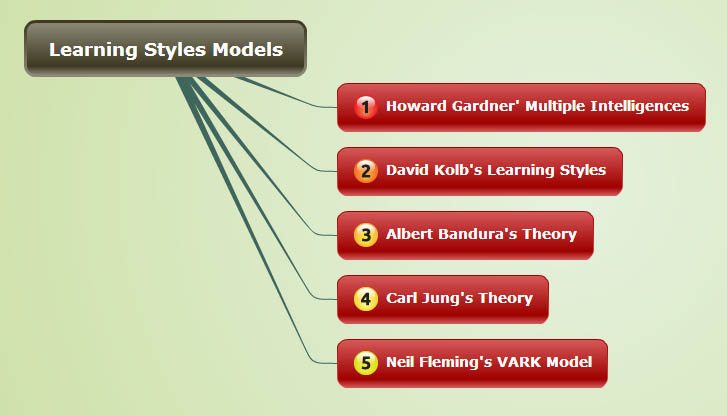
3. Create diagrams and concept maps to facilitate comprehension of more complex terms and concepts.
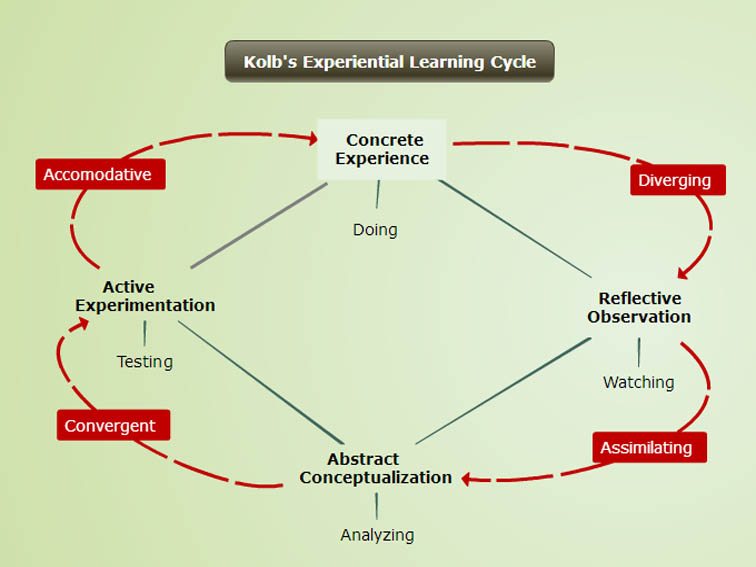
Learn by Doing
4. Add videos on topics or subtopics to appeal to visual learners, thus incorporating the written resources with the audio and visual ones.
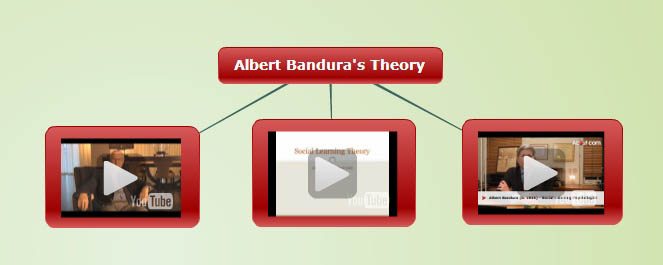
5. Allow students to take notes during lectures on a mind map, thus facilitating the learning process where they distinguish the main points from other secondary ones.

6. Break the information into smaller manageable parts, such as topics and subtopics (as presented in the image above), choosing the right layout in order to make it more appealing.
7. Create your own presentation starting from a mind map, then encourage students to practically get involved into learning by presenting their own perspective on the studied topics as they create presentations. 8. Assign different tasks on the mind map, thus engaging students in the learning process.
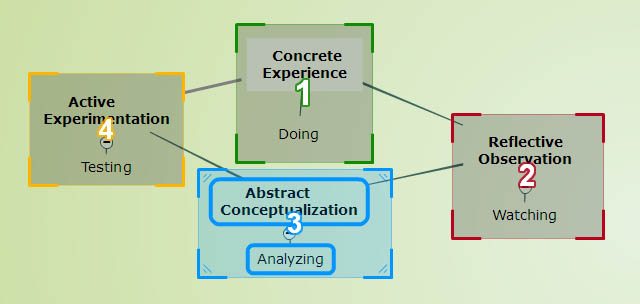
Learn by Hearing
9. Share Audio files by adding them on the already created mind maps so that students can have all resources in the same place.
10. Record your own notes. As a teacher you can provide your own recordings in order to clarify specific terms so that students can have improve their understanding on certain assignments.
There are numerous resources which teachers can use to challenge students in a new way of thinking as they engage in the learning process. Using a mind mapping tool would bring together valuable resources within the same context, thus appealing to the different learning styles of students.
Image attribution flickr user shanegloballanguagecenters

